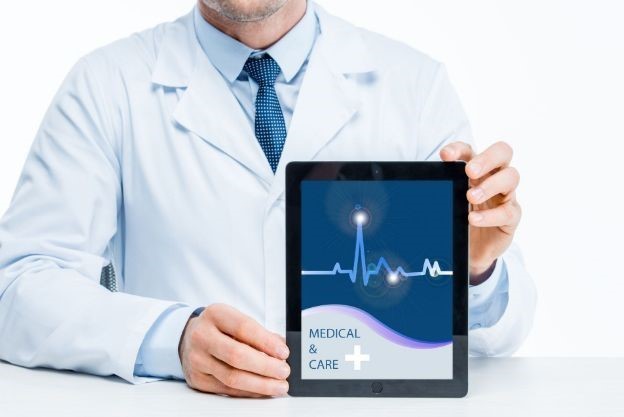
Exploring the Future of Electronic Health Records
Back in the day, anytime a patient arrived at the hospital, the medical personnel had to find that patient's health record by retrieving it from a set of cabinets which were storing all the records in (somewhat) alphabetical order. It was a huge effort, because some medical care units had tens of thousands or records like these, and sometimes even more.
 Electronic Health Records (EHR) started to be digitized in the US back in 2004. Today, almost 95% of physicians use an EHR system. Still, these systems can, and need to be improved. Most doctors will complain that the applications are cumbersome, requiring a lot of input even when they follow simple medical procedures.
Electronic Health Records (EHR) started to be digitized in the US back in 2004. Today, almost 95% of physicians use an EHR system. Still, these systems can, and need to be improved. Most doctors will complain that the applications are cumbersome, requiring a lot of input even when they follow simple medical procedures.
To begin with, the software needs to be updated. Many EHR solutions run fine on desktop computers, but fail to work properly on mobile devices which have lower screen resolutions. Therefore, the first step is to replace the applications that aren't mobile-friendly with Progressive Web Apps (PWA).
These applications utilize web technologies which have stood the test of time, such as HTML, CSS and JavaScript, and are supposed to work fine on any device which utilizes a standard browser such as Mozilla Firefox or Google Chrome. PWAs can also work offline, which is a huge plus in case that the network goes down, resuming their online-based functionality as soon as the connections are restored. In a nutshell, progressive web applications run fine on regular computers, tablets and phones, providing a similar set of features on every device.
Future generations of EHR need to integrate with Electronic Medical Record (EMR) systems flawlessly. While many people in the industry use EHR and EMR interchangeably, the terms are different. EMRs are the digital equivalents of the paper-based health records; they help medical practitioners track patient data, monitor certain parameters over time, etc.
However, EHR systems include all this functionality, and much more. They take a holistic approach to healthcare, integrating with other providers with the goal of gathering and exchanging patient information, and thus providing a much broader view on patients' health status. Once that the info is stored in an EHR, it moves with the patients, following them to any hospital and medical practitioner across the country. The information is kept secure, is easily accessible and can be viewed by the patient as well.
While everyone can benefit from getting access to modern EHR, the systems can be expensive. Larger hospitals can pay those six figures bills without effort, but the costs are too big for small practices. This explains why the rate of adoption of these modernized systems in the health care industry will be quite slow.
Since most family doctors continue to use EMR, it is essential to create EHR systems that can connect to them and are able to get access to the required data without any errors; otherwise, medical staff will need to enter the data manually, upload X-ray scans, and so on.
Many doctors are disappointed by the current EHR solutions, but the new generation of software is supposed to fix most issues. Let's hope that the government will impose a set of data sharing rules and standards which will allow all the compatible systems to access the data without any errors.
